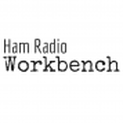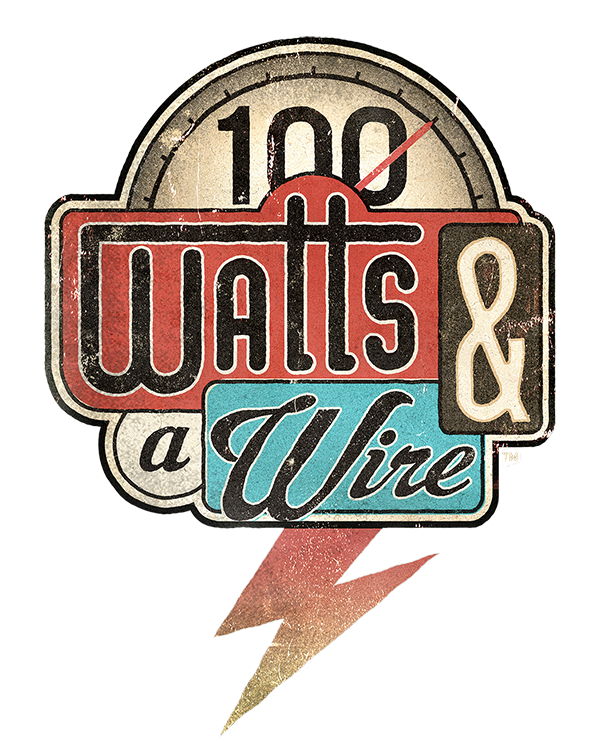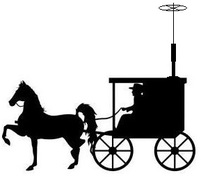| My YL suggested that I write up a short summary to help point people in the right direction, but it took an interview with Curtis of the Everything Ham Radio Podcast to motivate me to actually get it done. Check it out! |
To give you the quick summary, traveling with ham radio gear is easy! The only catch I'll add is that everything here is about domestic flights. Flying internationally can be a different story because you can end up involved with customs and import/export regulations.
Below are a number of posts I've written on the subject in the past, but I'll sum up with this - just follow the TSA rules, and you're good to go! Most of the people that have "trouble" with TSA create it for themselves. To get on an airplane with your ham radio equipment, just remember these easy highlights:
They are just doing their job. They've seen weirder stuff than what you have. You aren't "special" in their eyes, you are just another passenger they need to process through line. If you do what you are asked and answer any questions politely, you and all your gear will be waiting at the gate before you know it!
With that summary out of the way, check out these posts for my insights and thoughts on the subject!
Show and tell of how I pack for a work trip, HF station and all, without any checked baggage! You don’t have to have tiny, CW only gear to do this – small 100 watt HF transceivers can fit the bill if you’re smart about your packing!
Flying Ham
In this article I talk about my “normal” packing strategy for what is the most common luggage arrangement most people run into – 1 checked bag, 1 carry on, and 1 person item. I also touch on TSA and ham radio equipment. This is the thing that most hams seems to have the most concern about, but it is actually the least exciting, and easiest, part of traveling with radio gear!
Reorganization
Where I discuss a something I learned – it’s cheaper to fly with two 50 pound bags, than it is to fly with one 70 pound bag. I Also shared some pictures of my “personal item” which has radio body, etc. in it.
Pop Culture Central
This post is mostly not about flying, but I do show one of the cables I travel with, and talk about using rental cars as my generator when I’ve flown somewhere. If for some reason you can’t take power with you, this is an excellent way to get it once you get to where you’re going. I also give an example of how planning to use what you’ll have on the other end (a rental car’s spare tire) can eliminate pieces that you would normally need to take along (a guy stake.)
Bummer Dude
Another post that isn’t about flying specifically, but I do talk briefly about carrying my radio as a “personal item”, and included a picture of how I threw it in the case for this trip.
William Howard Taft
This post is also mostly not about flying, but I also share pictures of a setup I did at a site after flying in. This was another one where I demonstrate using the rental car as a generator. I also learned on this trip that a cheap power inverter is NOT the way to go for laptop power. Either travel with an inverter you know is RF quite, or just get a car charger for your laptop, if you insist on computer logging!
TSA specifically talks about batteries here, but I'll give you a quick summary as it pertains to ham radio. Your best bet is to carry LiFePo4 or Lithium Iron Batteries, and to put them in your carry-on. They state that consumer batteries of up to 100 watt-hours are allowed in this manner. This works out to about an 8ah battery. Since they don't list a quantity, you could carry several of these. They also generically say you can take "2 larger batteries" with airline approval, up to about 160 watt-hours, which is about a 13ah battery. If you want to power a full 100 watt rig, 2 of these will do the trick without being prohibitively heavy!
I hope you find some of this useful as you prepare to travel with your gear...I never leave home without mine!
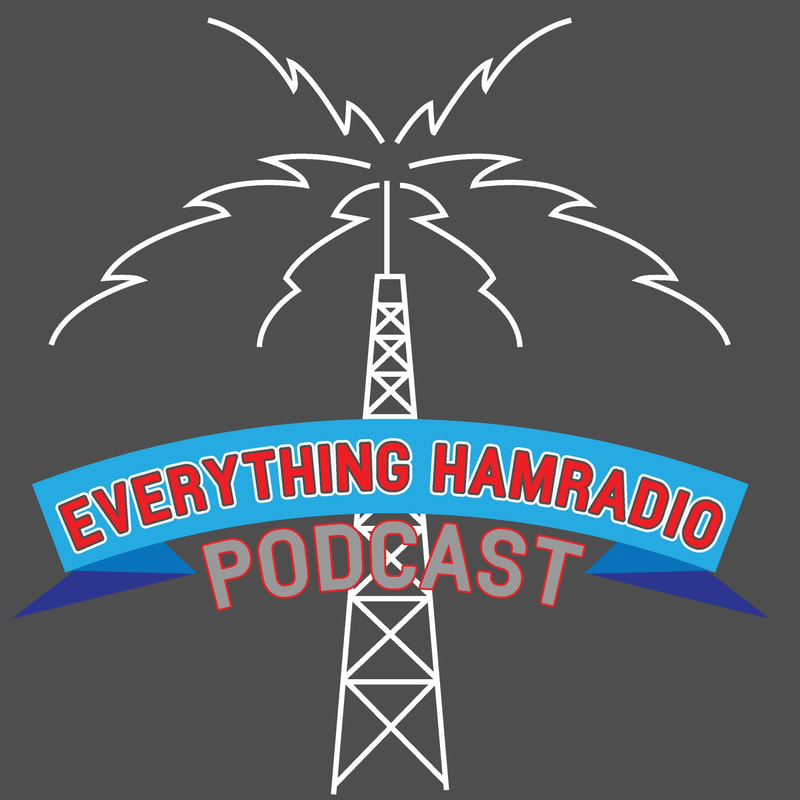
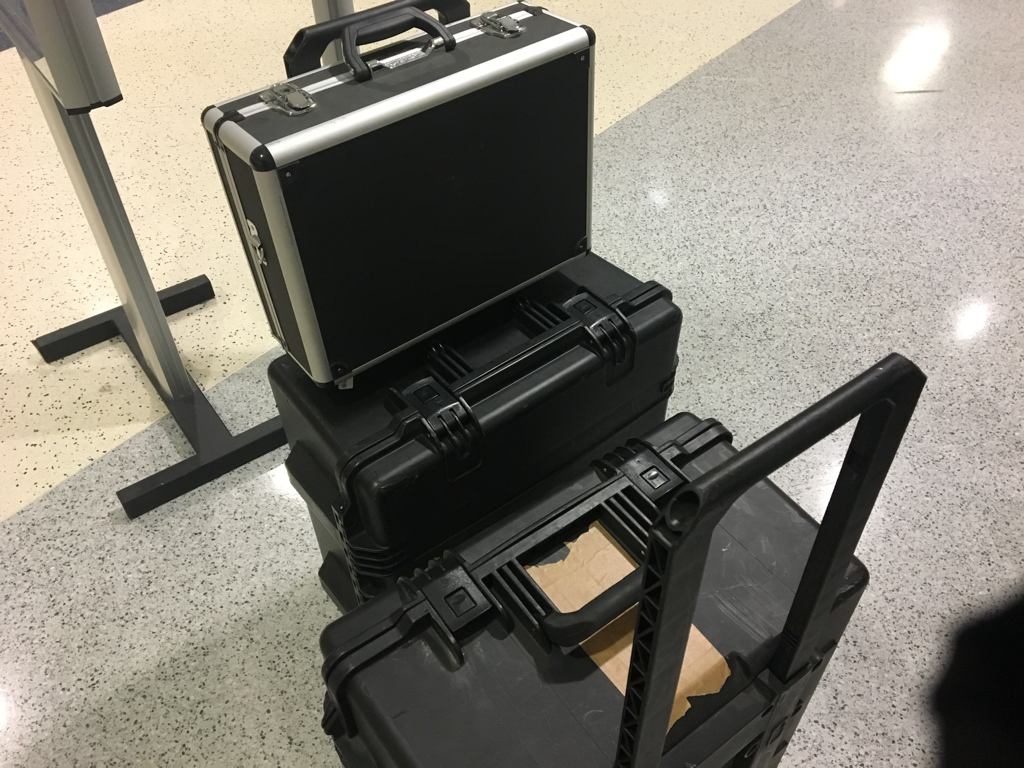
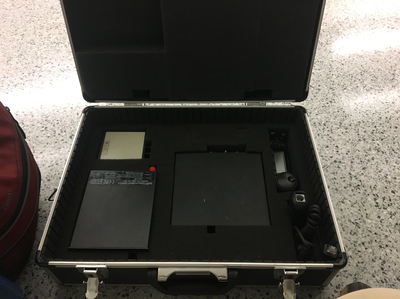
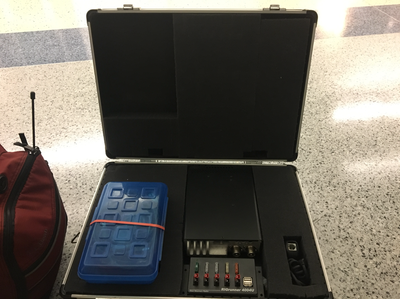

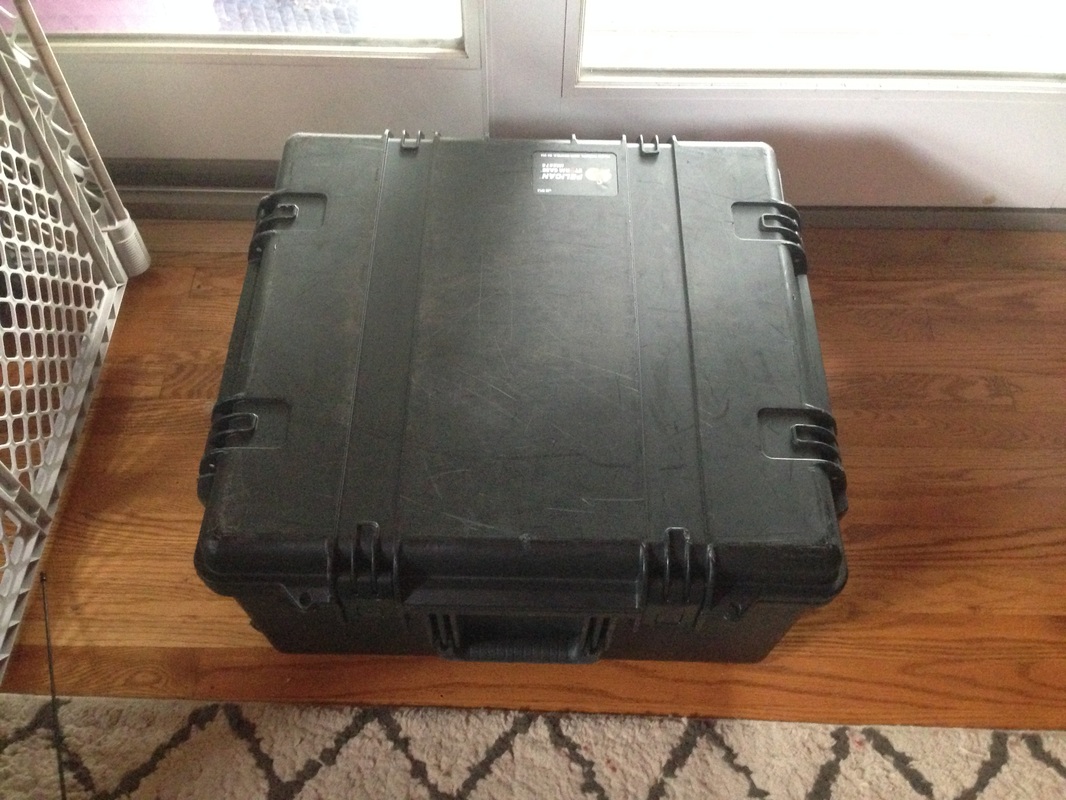
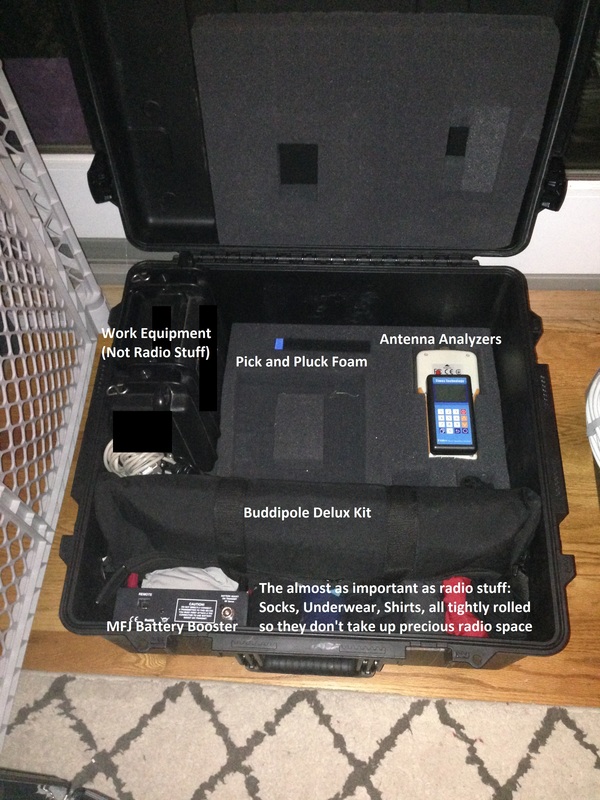
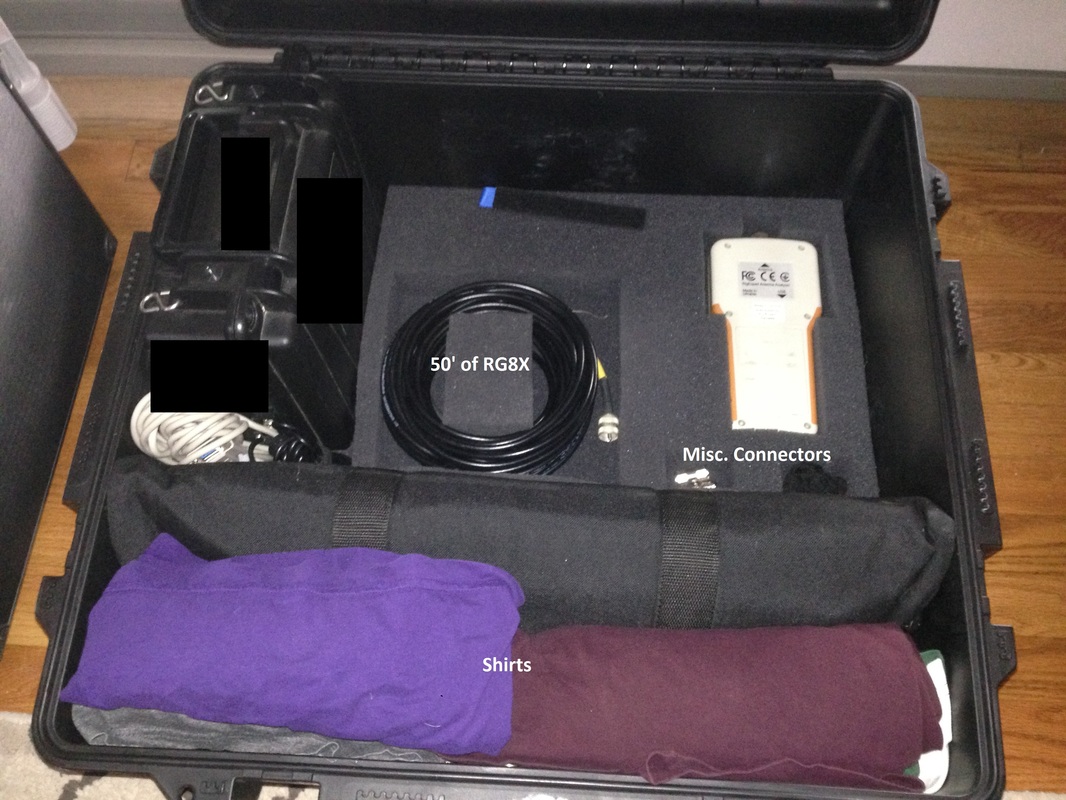
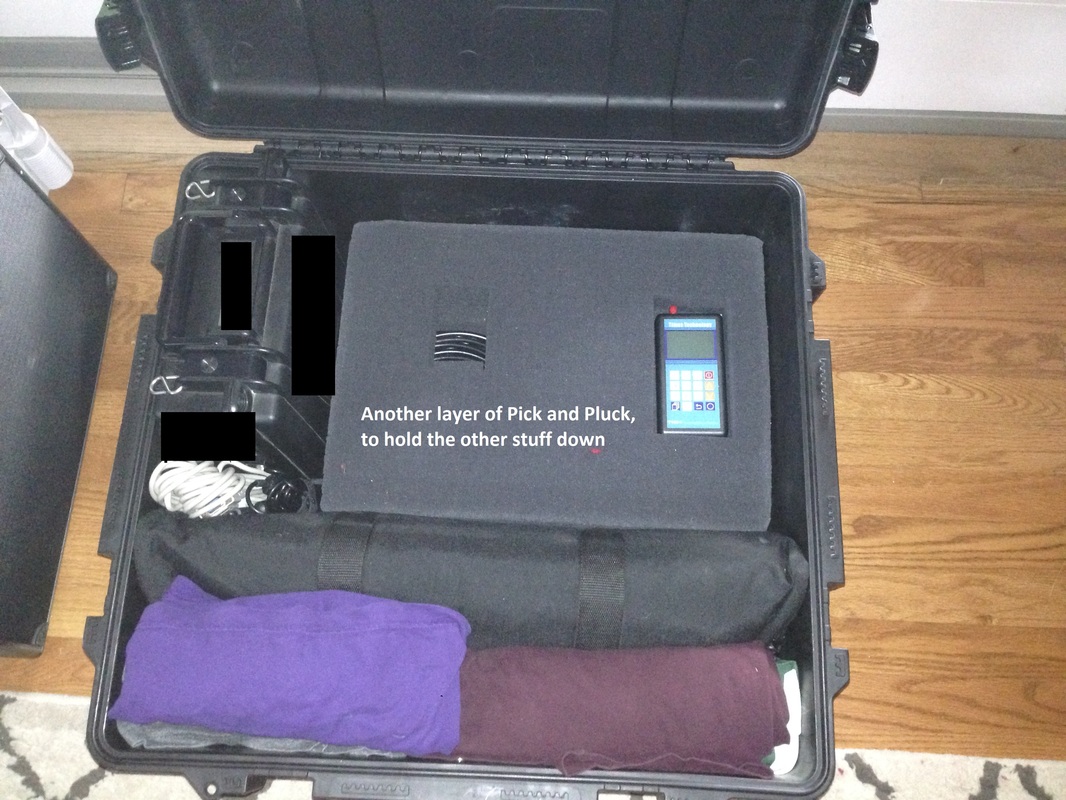
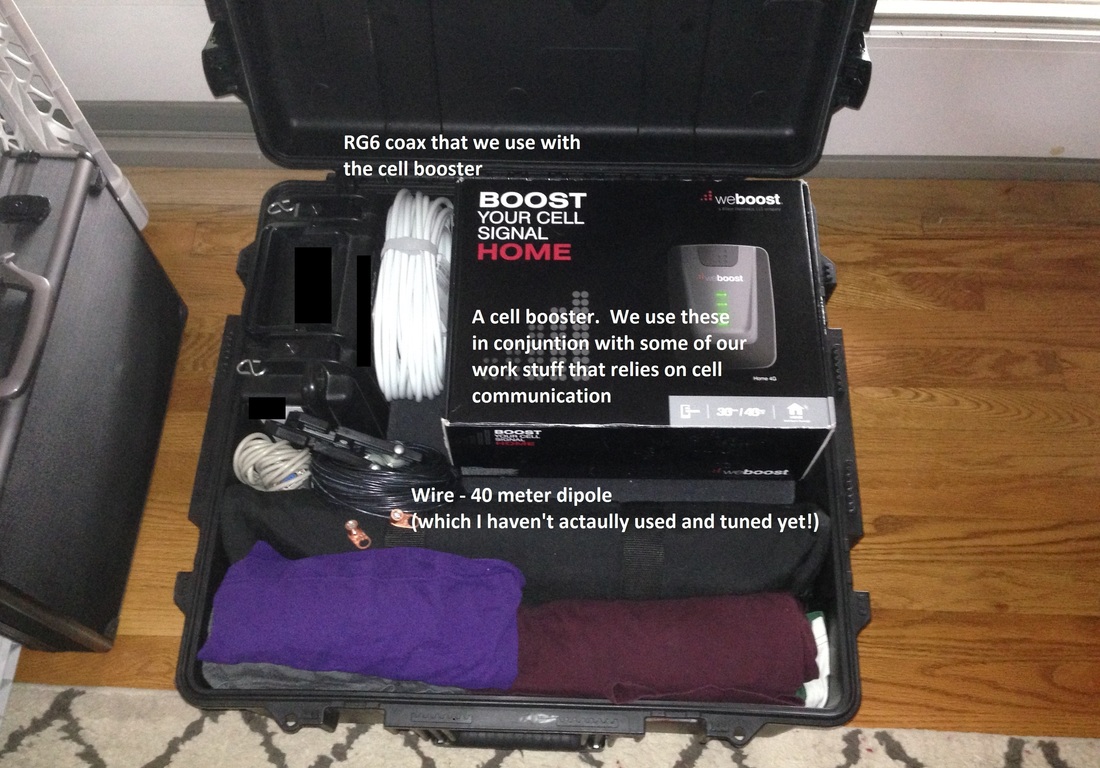
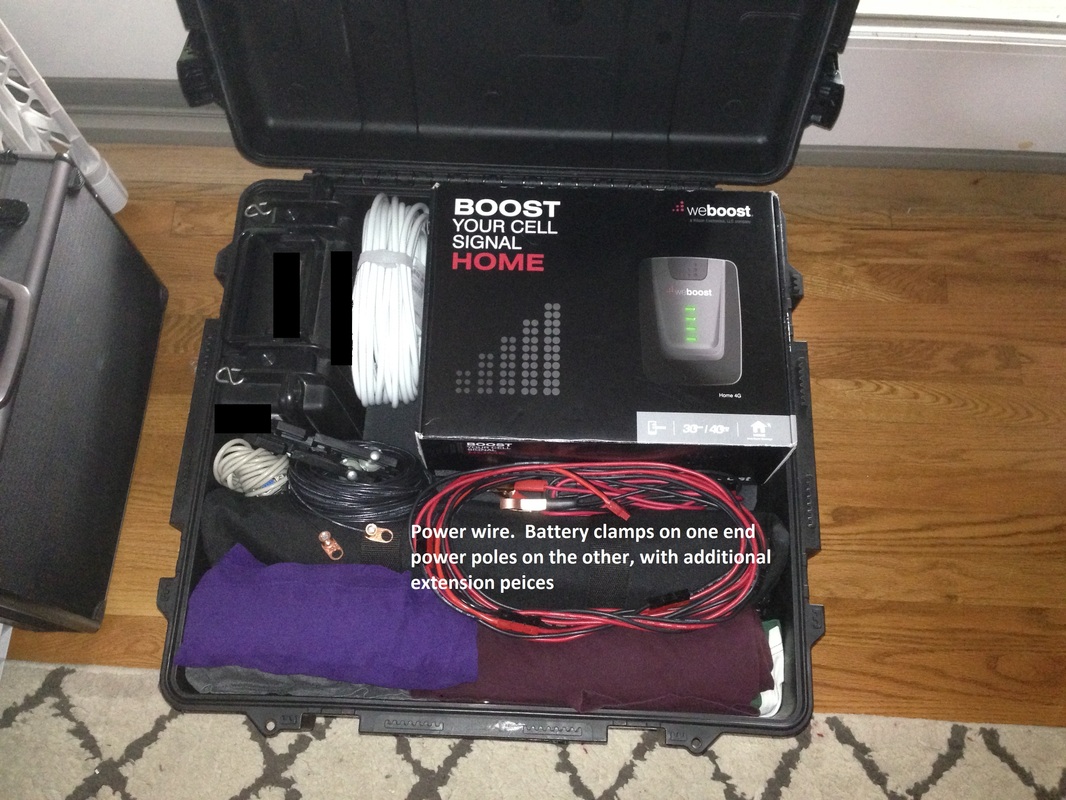

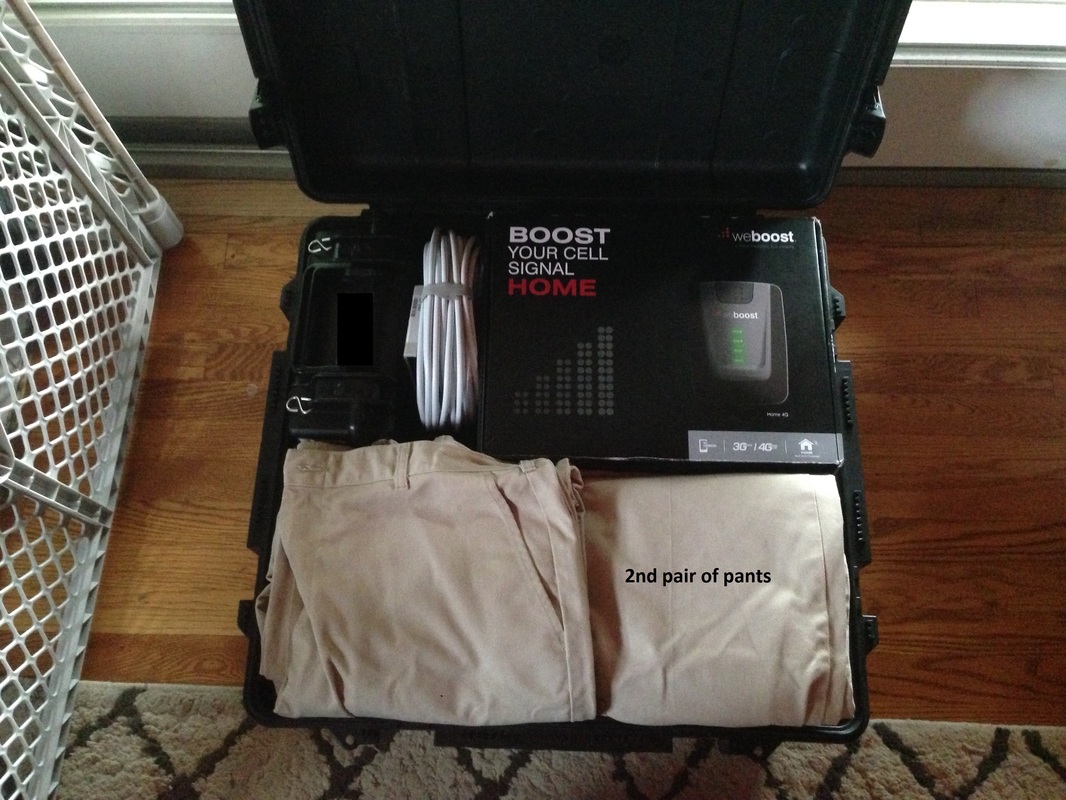
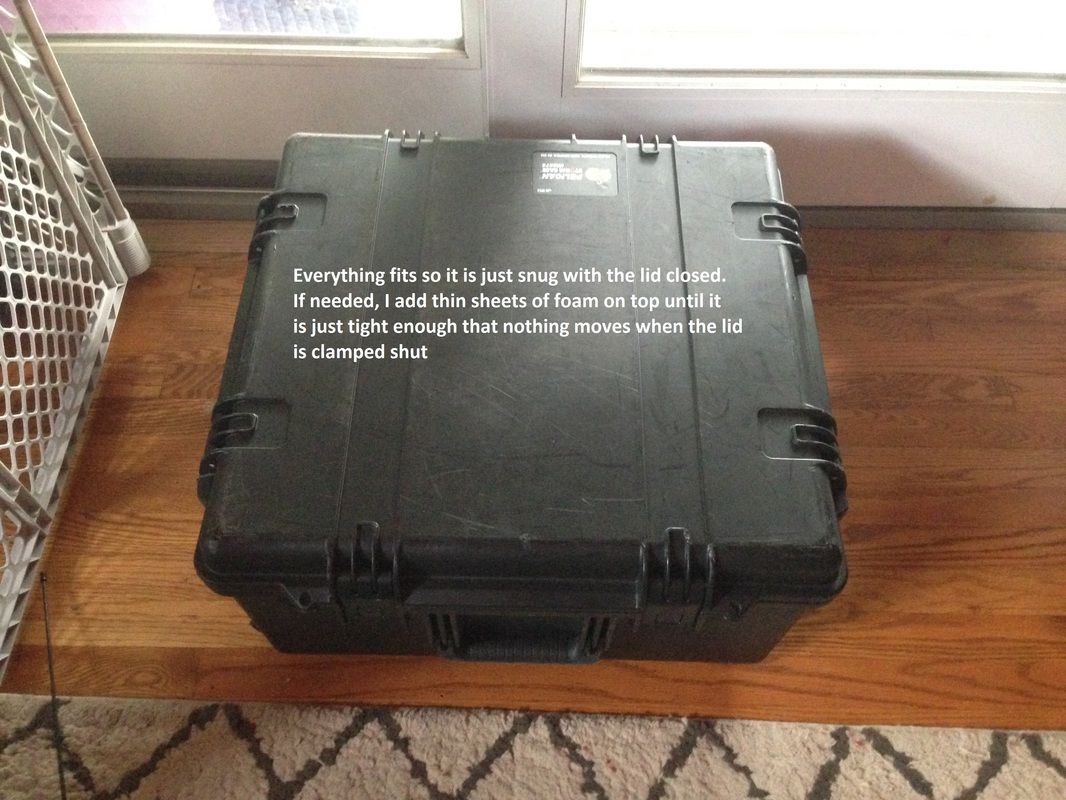

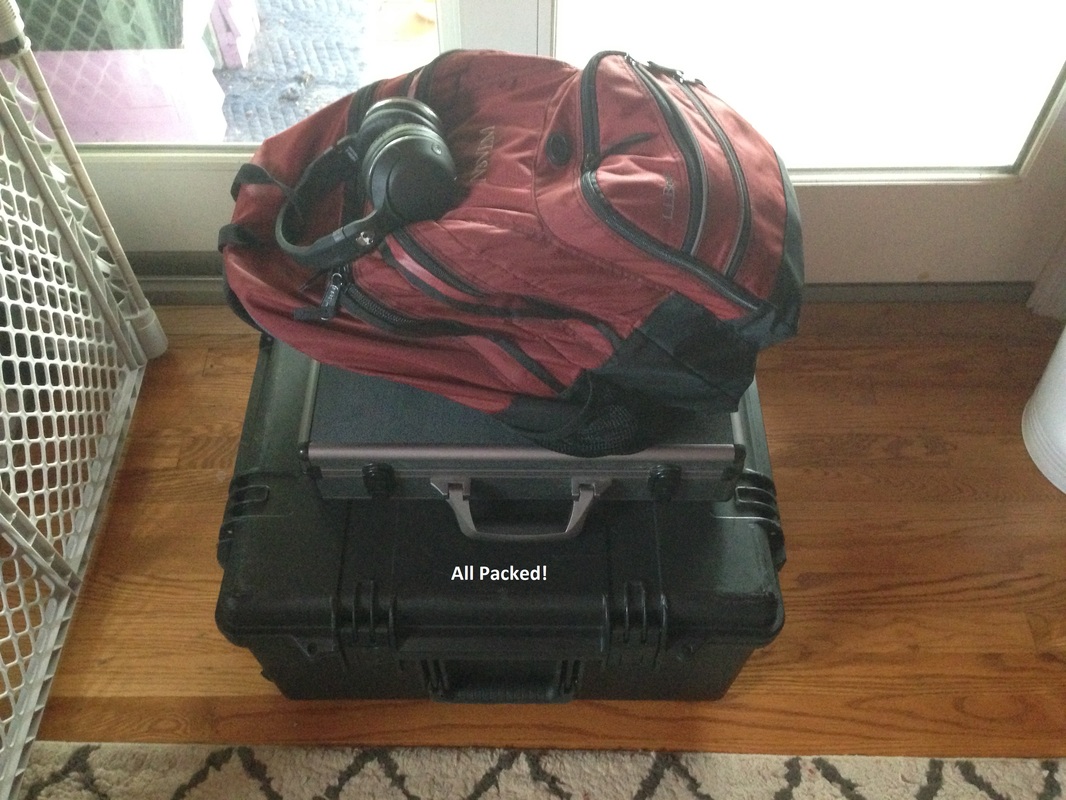

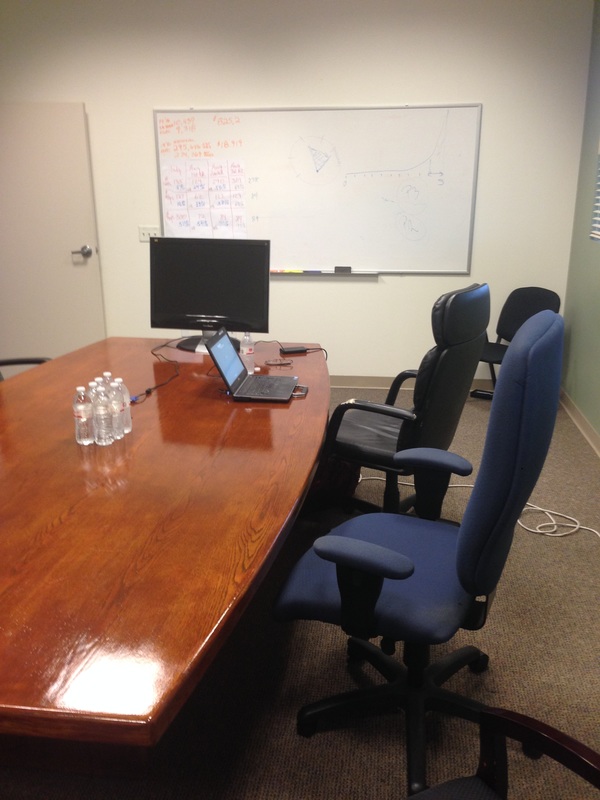
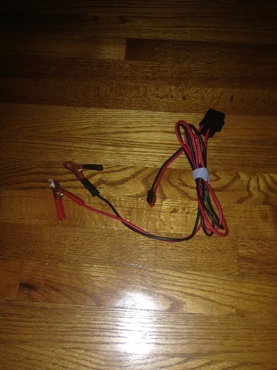
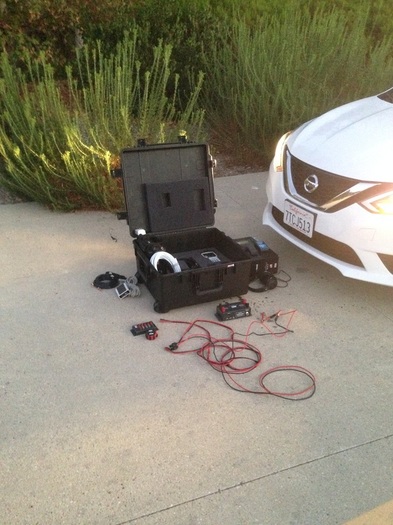
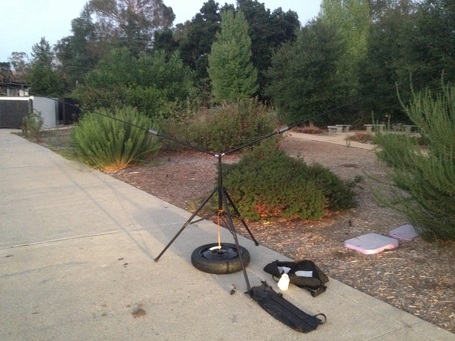









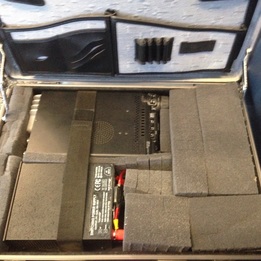
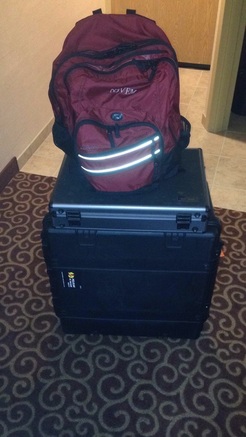



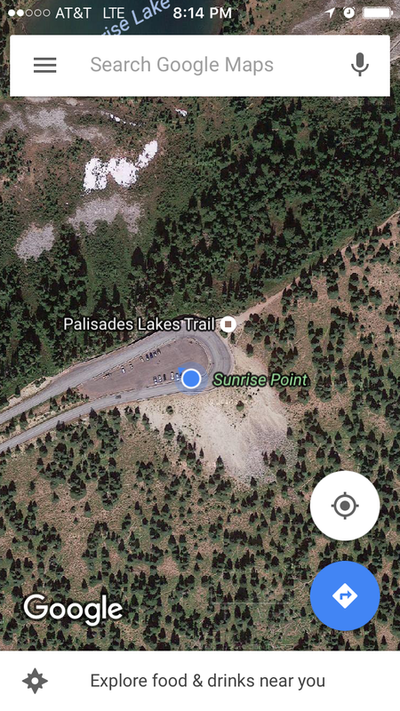
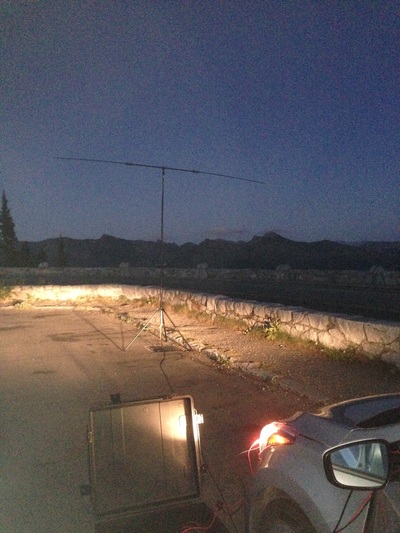
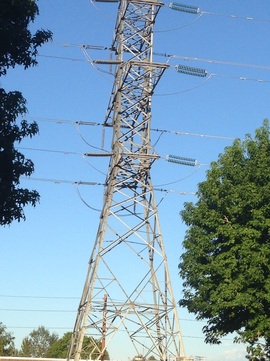
 RSS Feed
RSS Feed

